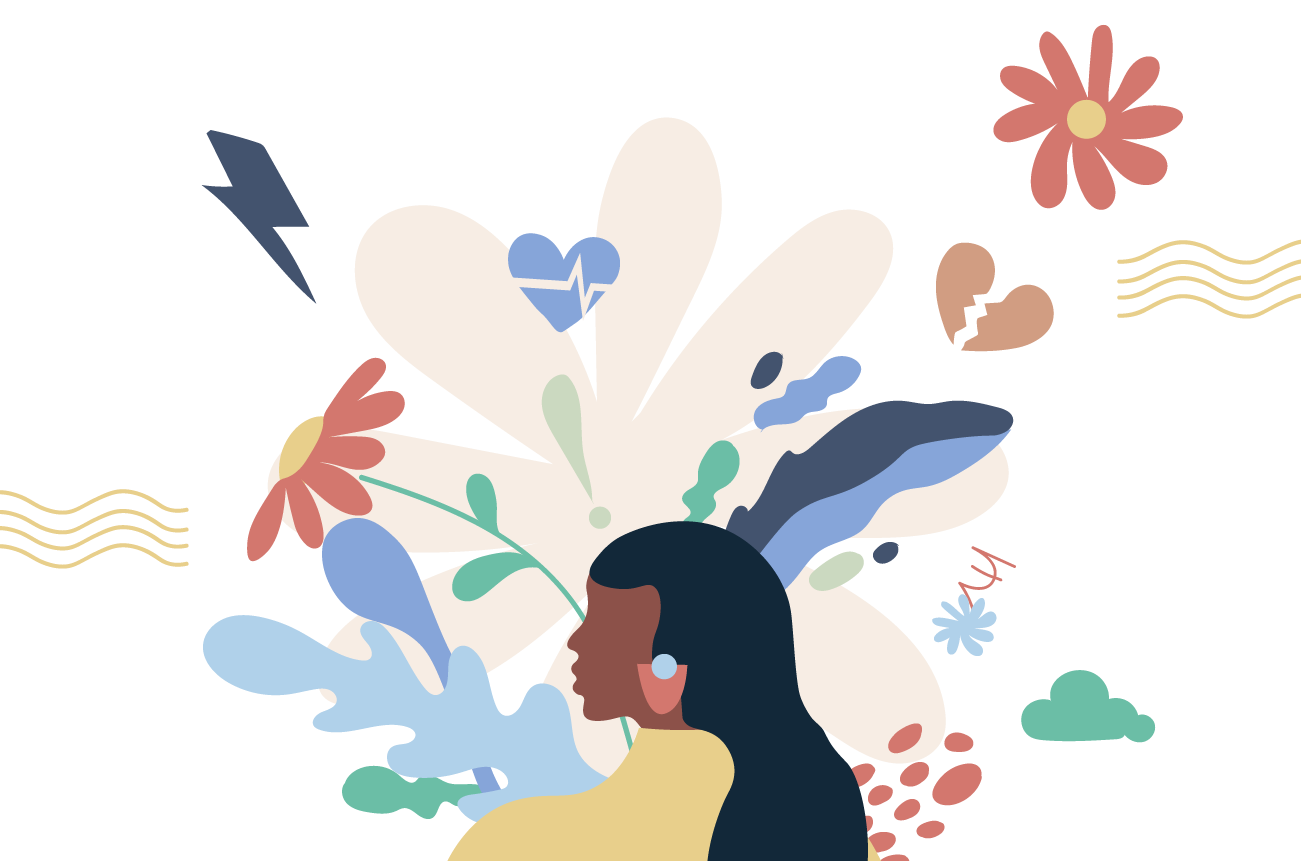Lifetime prevalence rates for any kind of psychological disorder are higher than previously thought, are increasing in recent times, and affect nearly half the population.
Despite being common, mental illness is underdiagnosed by doctors. Doctors identify less than half of those who meet diagnostic criteria for psychological disorders. Patients, too, appear reluctant to seek professional help. Only 2 in every 5 people experiencing a mood, anxiety, or substance use disorder seek assistance. Overall rates of psychiatric disorder are almost identical for men and women but striking gender differences are found in the patterns of mental illness. It’s therefore important that we talk about mental illness in women.
Mental illness in women was mostly associated with female reproductive organs and the first-ever mental illness which was linked to a woman is hysteria. Hysteria was a term that has been used since ancient times and it literally meant wandering uterus. As the symptoms were associated with the physiology of a woman, she was considered being weak and vulnerable especially during the time of pregnancy or menopause or any reproductive organ related ailment.
Sigmund Freud later explained that mental health has nothing to do with the physiology of the body and men were equally susceptible to getting hysteria. In the late 1960s, the feminism movement started taking place. Freud’s area of expertise was psycho-analysis and then there was a new movement called neo-psychoanalysis. Altogether 99 percent of the disorders happen in both the genders. But the way they present themselves is very different. In women, we tend to internalize symptoms. If a woman brings up an emotional issue or addresses her mental health needs, a large part of uneducated society labels it as “whining”. Men often experience these issues through aggression or substance abuse. Let’s look at depression as a disease. Depression affects both men and women. But the degree or intensity is more persistent in women. Female persons are also subject to monthly alterations in hormonal levels. In women, they tend to show symptoms that are atypical and they are called reverse vegetative symptoms. Depressive episodes are seen more evidently in women.

Similarly, bipolar disorders are also equal in both men and women but then the way it presents itself in females is very different. Bipolar disorders are a shift between being in a very depressed state to a manic state. There are certain disorders specific to women only such as PMS and PMDD. They happen to persons who are very sensitive to monthly fluctuations of the hormones estrogen and progesterone in female bodies.
In postpartum depression, a woman goes through huge physiological changes after pregnancy. There is a sudden drop in the estrogen and progesterone levels. In lesser severity, it’s called baby blues. When these changes affect the mother’s capability of caring for herself or her infant, it is called postpartum depression. In very rare cases, around 1 in every 100 postpartum females develops a severe form of the illness called postpartum psychosis. On this understanding of the mental illnesses a woman could struggle with, let’s understand what to keep in mind when seeking help or finding a therapist.
What to look in a therapist?
When one is looking for a therapist, a few things to consider are as follows:
- The therapist must be interested beyond the present state of mental health and they should take your background and previous history into consideration.
- The client needs to be aware of whether the therapist is trying to impose his/her opinions. Also, the therapist has to take into account the cultural beliefs and practices.
Basically, a therapist has to present a very broad perspective. If they’re very narrow in their approach and if they use their limited self-knowledge, then obviously the therapy is not going to be about the client, it’s going to be about the therapist’s opinion. Every concern comes with a specific intervention. If the client comes to you and talks to you about a particular issue and you attribute that issue to some values the person holds then that is going to be a problem as the issue is not addressed.
Depression, anxiety, psychological distress, sexual violence, domestic violence and escalating rates of substance use affect women to a greater extent than men across different countries and different settings. Pressures created by their multiple roles add to a woman’s poor mental health. Also, severe life events that cause a sense of loss, inferiority, humiliation or entrapment can lead to depression or any other mental health problem in women.
Click here to know more about our Mental health sessions
Disclaimer: This information is educational and should not be construed as medical advice. Please consult your doctor before making any dietary changes or adding supplements.
Proactive For Her is a digital clinic for women, offering accessible, personalised, and confidential healthcare solutions. We offer out-patient care, diagnostic services and programs for various health concerns of Indian women, across their lifetime - from puberty to pregnancy to menopause.

